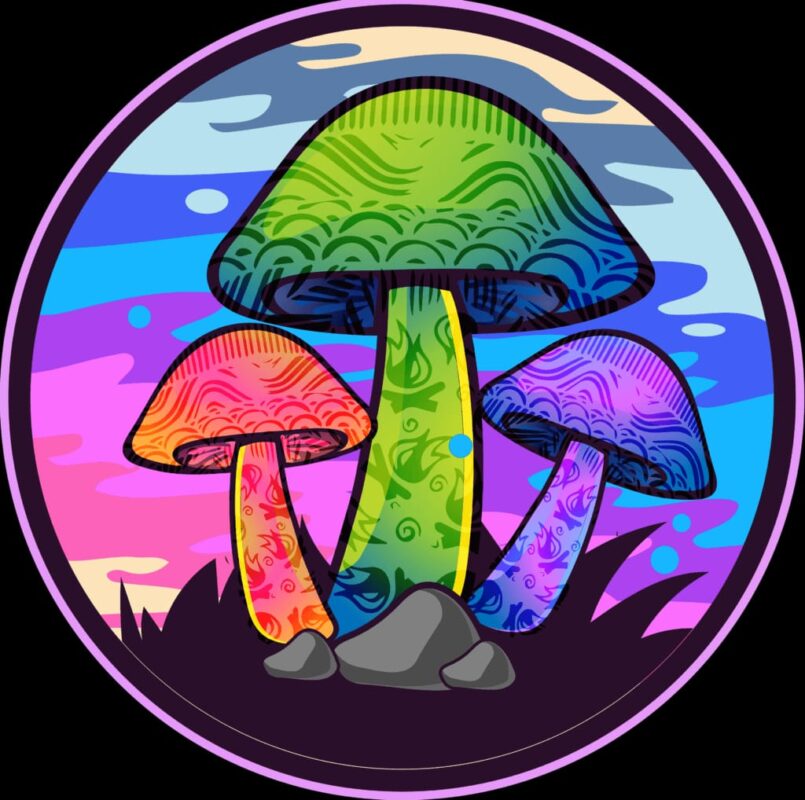Blog
DMT and Anxiety

DMT and Anxiety What Is N, N-Dimethyltryptamine (DMT)?
DMT and nervousness DMT is a drug whose full chemical name is N, N-Dimethyltryptamine, DMT For Anxiety is best .
Currently listed as a Schedule I controlled substance by the DEA, DMT is a hallucinogenic derivative of tryptamine.
Firstly, Plan I am saying that there is no legitimate medical use for this drug. These drugs also carry a significant risk of abuse. DMT is prohibited by the FDA and has not been tested for consumer use.
DMT is a hallucinogenic drug. Some plant species in Mexico, South America, and some regions of Asia naturally contain this indole alkaloid. In a laboratory, DMT can also be create, shop here.
DMT appears as a white, crystalline powder or solid when it is pure. When not pure, it can be a solid that is pink, orange, or yellow in color.
Also, Some common slang names for dmt and anxiety include; Dimitri, the spirit molecule, businessman’s trip, fantasia, and 45-minute psychosis.
It is often compared to other psychedelic drugs such as; LSD, ketamine, and magic mushrooms.
DMT has been used since ancient times, most commonly in ritual contexts. It has been around for thousands of years as part of South American shamanic ceremonies. For religious purposes, DMT is used to achieve higher spiritual consciousness.
In certain nations, DMT is only permitted for these religious uses.
However, young people began using tryptamines recreationally, such as LSD and DMT, starting in the mid-1900s.
DMT use can be hazardous and have an impact on one’s physical and mental health due to its potency and unpredictable nature.
DMT has effects akin to those of psychedelics such as LSD.
Research also suggests that DMT is endogenous, meaning it originates within the body of a living organism.
According to the NIH, endogenous hallucinogens like DMT, 5-hydroxy-N, N-dimethyl-tryptamine, and 5-methoxy-N, N-dimethyltryptamine (5-MeO-DMT) are acknowledged as naturally occurring components of the mammalian body, dmt for anxiety,dmt for anxiety and depression,ayahuasca vs dmt for anxiety,buy dmt for anxiety canada.
However, it is difficult to recall what their biological functions are.
DMT and ayahuasca are commonly mistaken for the same thing.
Ayahuasca’s main part is DMT . Ayahuasca contains MAOIs, which prevent enzymes in your body from breaking down DMT which plays a role in its hallucinogenic effects.
DMT causes intense hallucinations.
Hallucinations involve seeing, hearing, smelling, feeling, or even tasting things that are not real. Hallucinations commonly occur in people diagnosed with mental illnesses such as schizophrenia and bipolar disorder.
However, substance use can also cause hallucinations to occur.
Experiences with DMT differ based on the user. Some report excitement, while others feel extremely frightened.
Often, the user will experience mental side effects for days or even weeks after using the drug because of its strength.
What Is The Pharmacology Behind dmt and anxiety ?
DMT works by blocking the action of serotonin in the brain.
A large class of traditional or serotonergic hallucinogens is referred to as tryptamines. Drugs known as “serotonergic hallucinogens” interfere with serotonin, a neurotransmitter that travels throughout your body sending signals.
Sleep, appetite, mood, and other critical body processes are all regulated by serotonin. An imbalance in serotonin levels can have detrimental effects on both your physical and mental well-being.
DMT acts as a non-selective agonist at most or all serotonin receptors, specifically at the 5-ht2a receptor.
It’s possible that activating this receptor contributes to DMT’s hallucinogenic effects. Adrenaline and dopamine are both inhibited by the serotonin generated concurrently, shop here.
One neurotransmitter that is involved in both physiological and neurological processes is dopamine.
Dopamine affects several bodily processes, including memory, movement, mood, attention, and others. It also plays a part in the brain’s “reward center.”
The hallucinogenic effects of DMT differ depending on the way it is taken and the dose of DMT.
DMT is typically injected, smoked, or snorted when used alone.
When DMT is injected into a vein or muscle, its effects take effect more quickly than if it is taken orally.
DMT effects can occur right away when smoked. When smoking DMT, it can be difficult to predict when the effects will peak.
The effects may take longer to manifest and may peak in two to three hours when taken as a brew in ayahuasca.
DMT must be broken down when taken orally in combination with a monoamine oxidase inhibitor (MAOI). The ayahuasca vine is one type of MAOI. The pharmacological effects of DMT are amplified by MAOIs.
Side effects of DMT may include:
- Vivid hallucinations
- Depersonalization
- Distorted sense of time
- Increased/rapid heart rate
- Increased blood pressure
- Chest pain or tightness
- Agitation
- Dizziness
- Pupil dilation
There are also serious risks that can potentially come with taking DMT which includes:
- Persistent psychosis
- Confusion
- Seizures
- Loss of muscle coordination
Disturbances in a person’s thoughts and perceptions that make it hard to distinguish between what is real and what is not are symptoms of psychosis.
Then, Data from the American Association of Poison Control and the DEA indicate that dmt and anxiety have also been linked to coma and respiratory arrest, particularly at higher dosages, shop here.
Many DMT users have said that their experience changed their lives. This can involve having near-death or mystical experiences.
Frontiers in Psychology describe near-death experiences (NDEs) as episodes that occur in association with death or the perception that death is about to come.
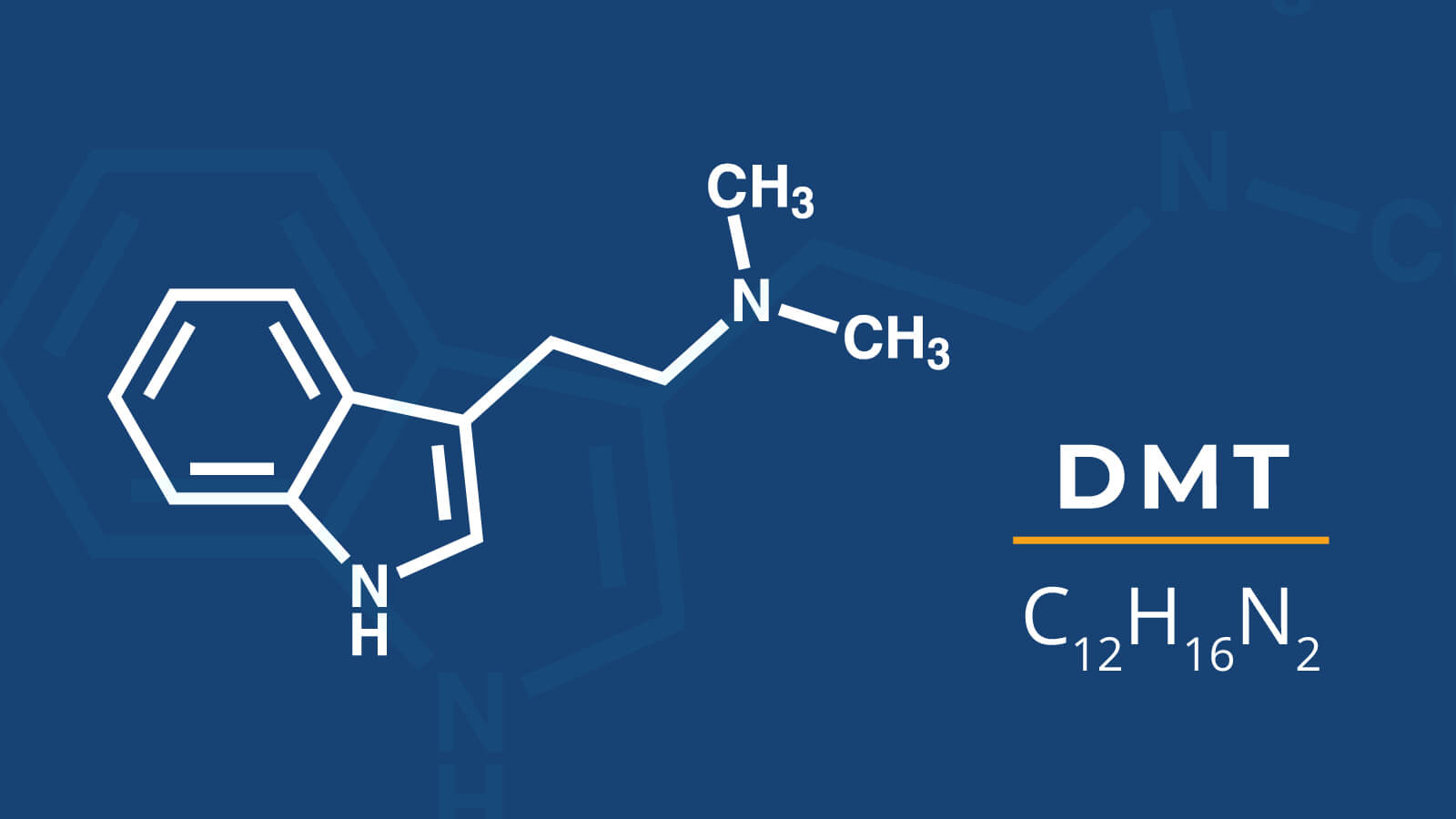
Is DMT A Hallucinogenic?
Yes, DMT is a hallucinogenic tryptamine drug.
Abuse of hallucinogens is common.
Also, the Substance Abuse and Mental Health Services Administration estimates that approximately 114,000 teenagers between the ages of 12 and 17 reported using hallucinogens in 2016. Furthermore, 668,000 young adults between the ages of 18 and 25 reported using hallucinogens.
Classic hallucinogens and dissociative drugs are the two main categories into which hallucinogens fall.
DMT, LSD, psilocybin, and peyote (Mescaline) are regarded as classic hallucinogens. Drugs that cause dissociation include DXM, PCP, salvia, and ketamine.
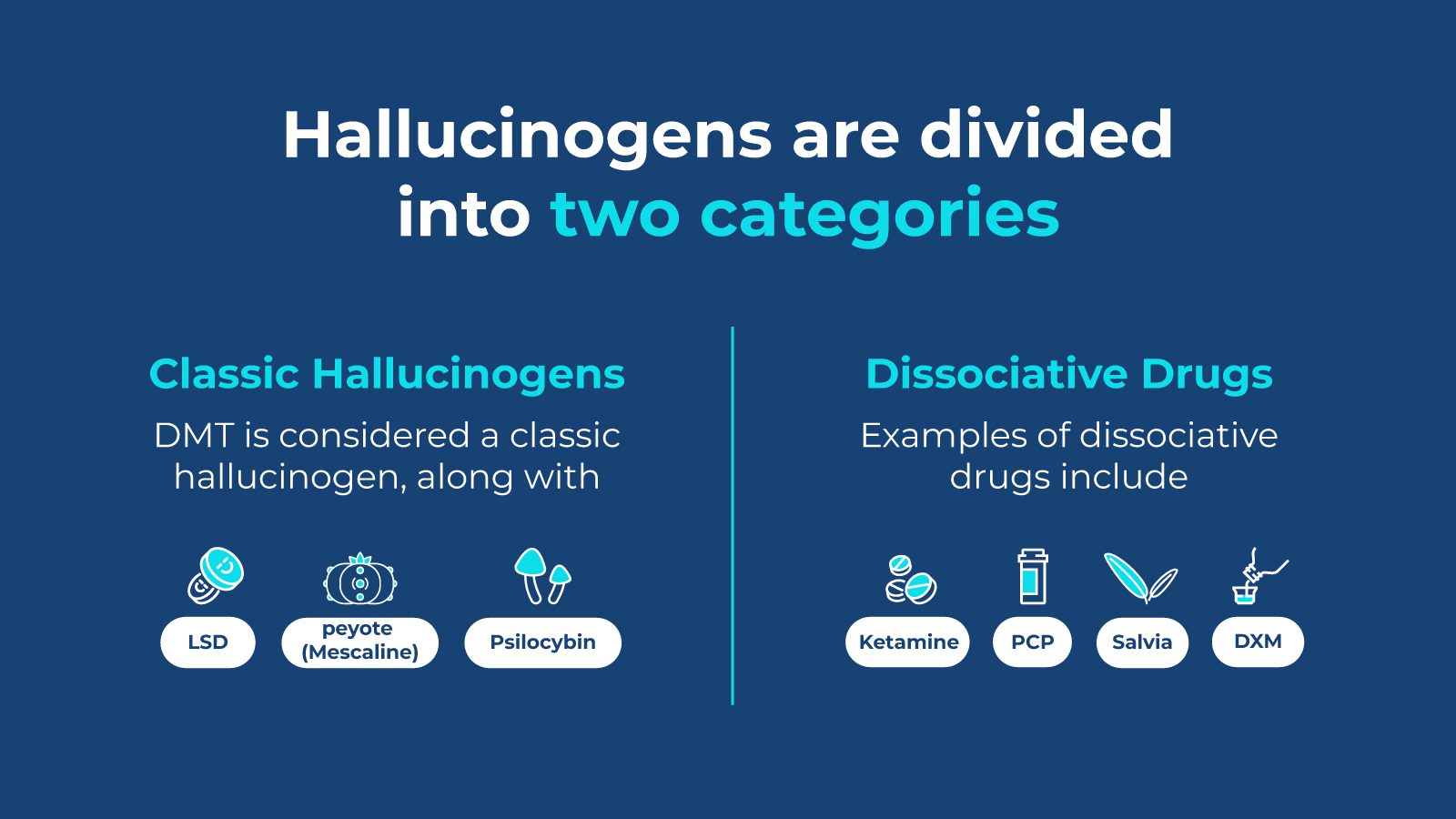
Hallucinogens refer to drugs that cause hallucinations, which are distortions in a person’s perception of reality.
Hallucinogens alter a person’s perception of time, color, motion, sense, and self, according to the NIH.
When using hallucinogenic drugs, users frequently experience extreme emotional fluctuations, see, hear, and feel things that are not real.
Also, Psychotic-like episodes that can last for a long time after a person takes a hallucinogenic drug are also linked to these drugs.
Addiction or tolerance to hallucinogens is another possibility for teenagers, according to SAMHSA. For instance, an adolescent who habitually consumes hallucinogens would require increasing dosages each time to experience the desired effects.
Due to an altered mental state, addiction or tolerance to hallucinogens can result in dangerous behavior that could cause harm or death.
Drug use can have a significant impact on a teen’s developing brain.
Permanent results of repeated drug use in teens can include:
- Lower IQ
- Permanent loss of memory
- Loss of coordination
- Additional mental health disorders
If you suspect a teen or loved one is abusing dmt and anxiety or any other type of substance, it is important to educate yourself and reach out for professional help.

Does DMT Help Depression?
Because DMT is so strong, it can affect both your physical and mental health.
DMT works similarly to antidepressants, targeting the serotonin receptors in the brain.
People who consume large amounts of DMT or take DMT along with antidepressants are at risk for developing serotonin syndrome.
Also, Serotonin syndrome is potentially life-threatening and is caused when you take too much of a drug that heightens the levels of serotonin in your body.
Symptoms of serotonin syndrome may include:
- Anxiety
- Disorientation
- Restlessness
- Excitement
- Tremors
- Rapid heart rate
- Abnormally rapid breathing
- Shivering
- Diarrhea
Then, DMT may be useful in treating depression, according to some recent research. Whether DMT is a secure and successful treatment for depression is a question that Pharmaceuticals says requires further investigation.
At the University of New Mexico School of Medicine, Dr. Rick Strassman serves as a clinical associate professor of psychiatry. His investigation into the pineal gland as a putative biological source for spiritual experiences led him to the substance known as DMT.
He argues that DMT helps the soul enter and exit the body and is naturally released by the pineal gland in his book The Spirit Molecule.
How Does DMT Affect Anxiety?
DMT and hallucinogens may trigger people with existing mental health problems
Also, because of its significant effect on the brain and its chemistry, DMT can worsen anxiety, depression, and other mental health conditions.
Then, It can intensify the symptoms that come along with anxiety, such as; rapid breathing, feeling nervous, panicking, or having trouble thinking about anything other than what you are currently worrying about.
Also, because it is hallucinogenic, the user may also experience a “bad trip.” This can include uncontrollable vivid hallucinations and experiencing terrifying visuals. Those who already have mental health problems are more at risk of experiencing a “bad trip.”
On the contrary, there is a discussion about the use and safety of DMT and psychedelics as a treatment for mental health disorders like anxiety and depression.
More research is needed to determine the effectiveness, risks, and safety of DMT as a treatment.
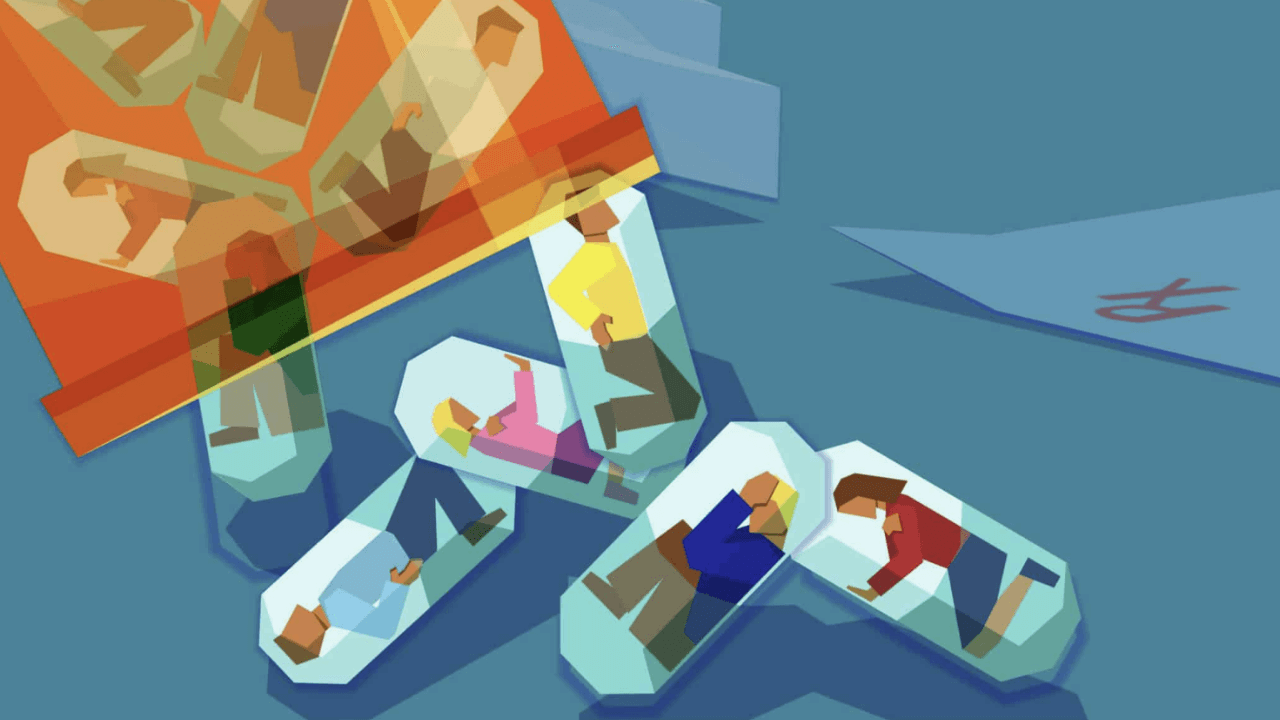
Are Psychedelics Legal?
Since they are classified as Schedule I substances, it is forbidden to produce, purchase, possess, give away, or use psychedelics.
Although some American cities have decriminalized DMT in recent years, it is still prohibited by both state and federal laws.
Because they have no recognized medical use and a high potential for abuse, psychedelics are classified as Schedule I drugs.
DMT possession carries potential legal repercussions, such as jail time or fines.
Moreover, driving while under the influence of drugs is prohibited and risky, just like driving while intoxicated. It may result in lethal outcomes in addition to legal repercussions.
What Are Other Types Of Psychedelics?
Psychedelics are a class of psychoactive substances that alter perception, mood, and cognitive processes.
Other types of psychedelics include:
- LSD
- Ayahuasca
- Psilocybin
- Ecstasy
- Mescaline
What Is LSD?
LSD stands for lysergic acid diethylamide.
Like DMT, LSD is a hallucinogen that has a high potential for abuse and has no currently accepted medical use in the United States.
LSD is a synthetic drug, meaning it is man-made.
When taking LSD, users may experience extreme visual changes and mood changes. It can also create a distorted perception of time and depth along with the shape of objects, colors, sounds, movements, and even body image.
Other physical effects of taking LSD may include:
- Dilated pupils
- Increased body temperature
- Increased heart rate and blood pressure
- Sweating
- Dry mouth
- Loss of appetite
- Tremors
The user’s personality, expectations, mood, and surroundings all influence how LSD affects them. Flashbacks and other horrifying thoughts and feelings can arise from LSD use, even long after the drug has been taken.
MedlinePlus states that LSD use may also result in mental health issues like schizophrenia, depression, and anxiety.
Also, LSD affects the central nervous system and changes the user’s mental state. It has an impact on serotonin, a neurotransmitter that regulates mood, thought processes, behavior, and senses.
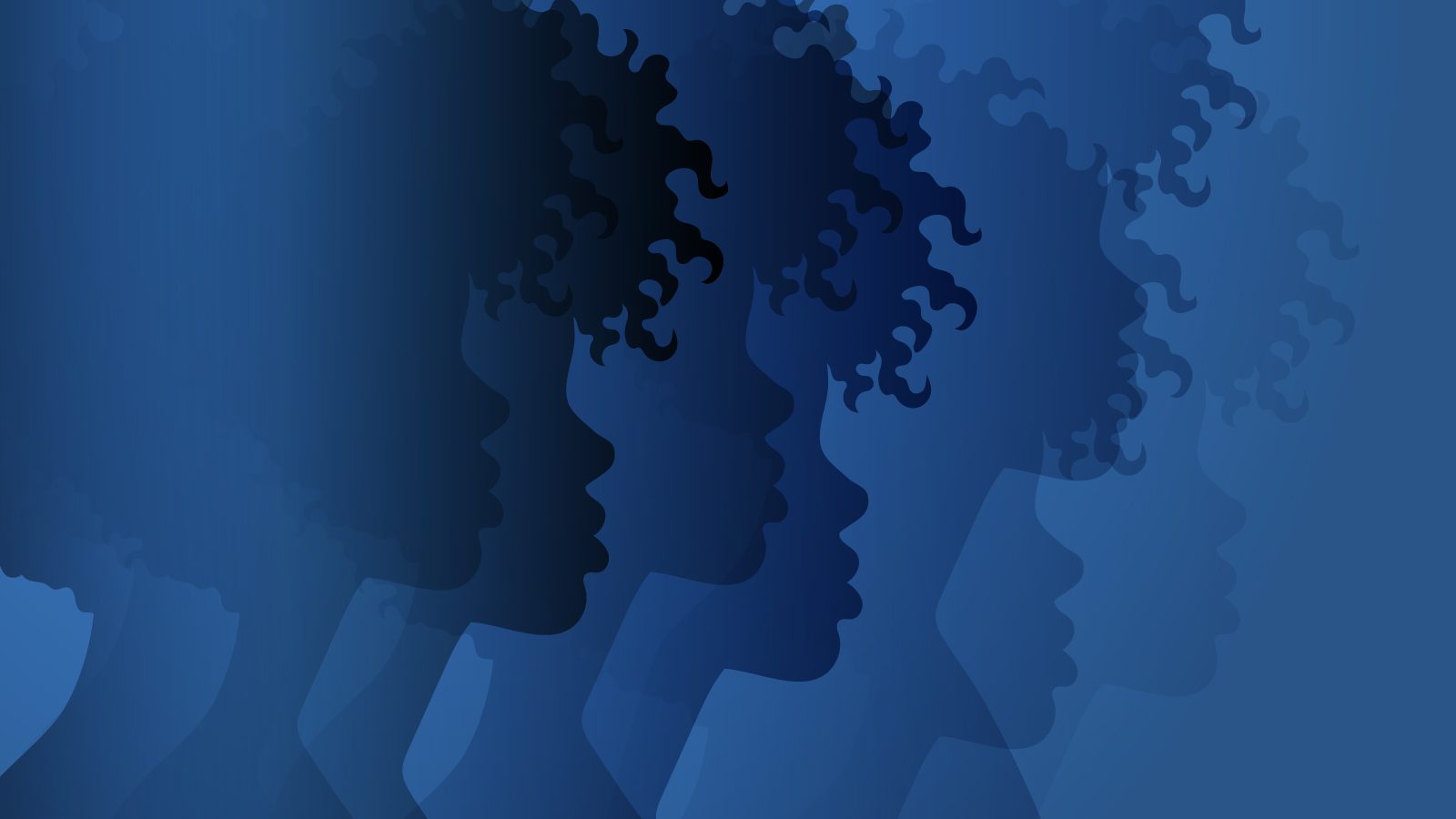
What Is Ayahuasca?
Ayahuasca is a psychoactive brew made from the leaves of Psychotria Viridis and the stalks of Banisteriopsis caapi.
The Banisteriopsis caapi vine contains potent MAOI’s called harmine, with is a beta-carbolize and harmala alkaloid. This reduces the breakdown of DMT and may impact its psychoactive effects.
The Psychotria Viridis plant contains DMT, which causes hallucinogenic effects.
Ayahuasca itself is not a hallucinogen; the DMT in it is.
Ancient Amazonian tribes used this brew for spiritual and religious purposes.
People may use ayahuasca to create a psychedelic experience.
Traditionally, it was used by shamans as a ritual.
Some people try mind-altering substances like ayahuasca to try and overcome their fears and go deeper into their minds.
Many of the effects of ayahuasca are psychological.
The effects of ayahuasca may include:
- Euphoric feelings
- Hallucinations
- Extreme fear
- Paranoia
- Gastrointestinal symptoms such as vomiting and diarrhea
There is no way to predict how someone will react to the use of ayahuasca.
Also, the effects of DMT last longer when consumed in an ayahuasca tea because it is absorbed through your stomach lining.
According to Frontiers in Pharmacology, research may suggest that ayahuasca can be helpful for people struggling with PTSD and healing traumatic memories. However, because of limited research, safety and effectiveness are still in question.

What Is DMT Music?
Firstly, Some people who use hallucinogens include music listening with the expectation that the music will help provide a better experience.
Some believe that music may help create a more spiritual experience as well.
There is no specific selection of music that is meant or certain experiences with hallucinogens. The type of music listened to differs from person to person.
Traditionally, ayahuasca is used during shamanic rituals and ceremonies. During these ceremonies, the shamans would use various instruments like drums or pipes.
EDM festivals have become more and more well-liked among young adults in recent times. There is evidence of widespread use of novel or new psychoactive substances (NPS) at these festivals.
Also, Newly produced hallucinogens are among the novel psychoactive substances that are accessible as drugs.
Novel serotonergic hallucinogens, synthetic cannabinoids, dimethyltryptamine, ketamine, and novel dissociative drugs are a few examples of NPSs.
Unlike traditional psychedelics, NPSs have no human usage history and no safety research to support their use.
These drugs may be used by festival goers who want to improve their overall experience and appreciation of the music.
Approximately 75% of the population in the sample tested positive for at least one biological specimen related to drugs or alcohol, according to a study conducted by Forensic Science International.
Of that 75%, over one-third of those attendees were confirmed to contain one or more NPS or MDMA.
The use of drugs in settings like this can be dangerous and result in adverse events and fatalities.
Furthermore, Due to their unpredictable nature, hallucinogens can be more likely to cause a “bad trip” and other adverse health effects when used in unfamiliar or overstimulating environments.
Drug use can seriously and permanently harm a person’s physical and mental health, especially in young people and those with developing brains.
DMT is a strong psychedelic drug. As a result, using DMT can be hazardous and unpredictable. Teens and young adults who are struggling with substance abuse and mental health issues can get support from Sandstone Care.
